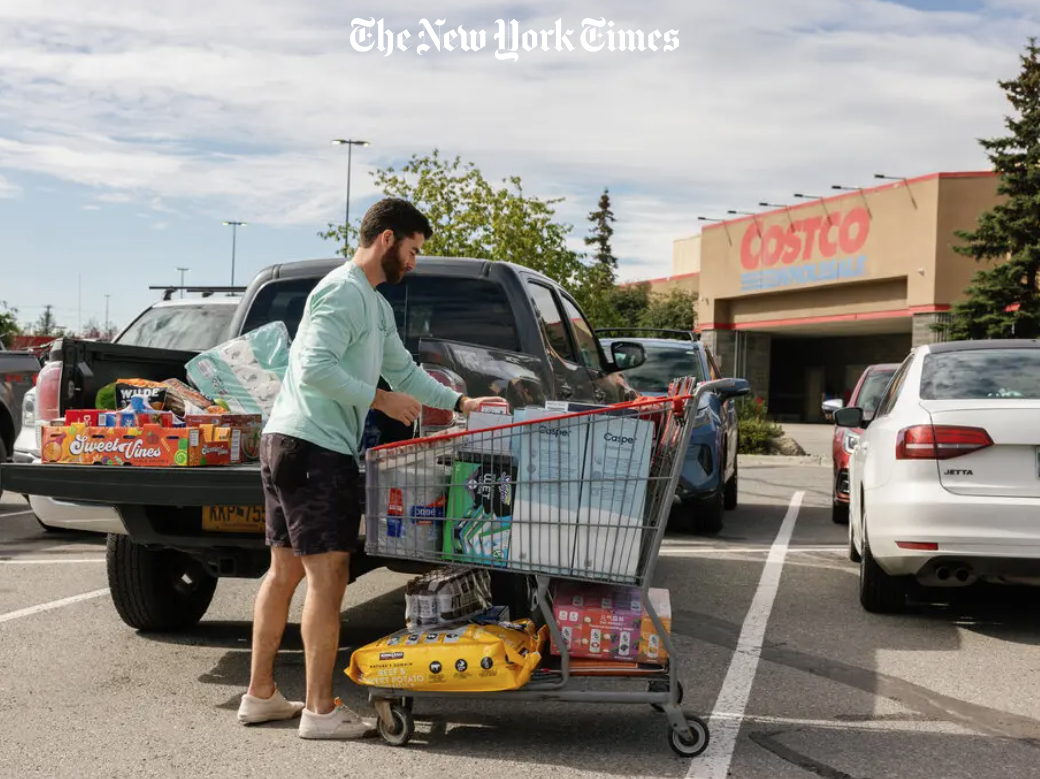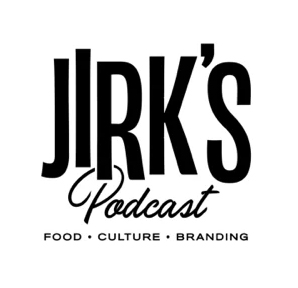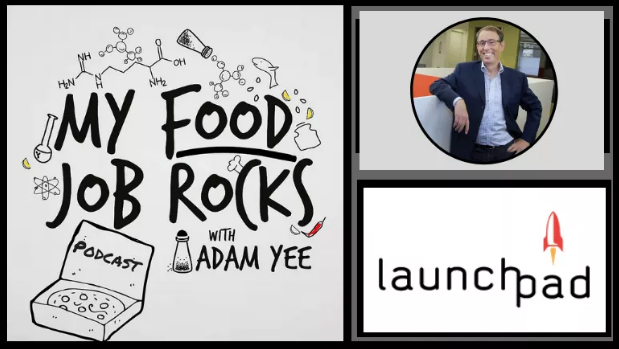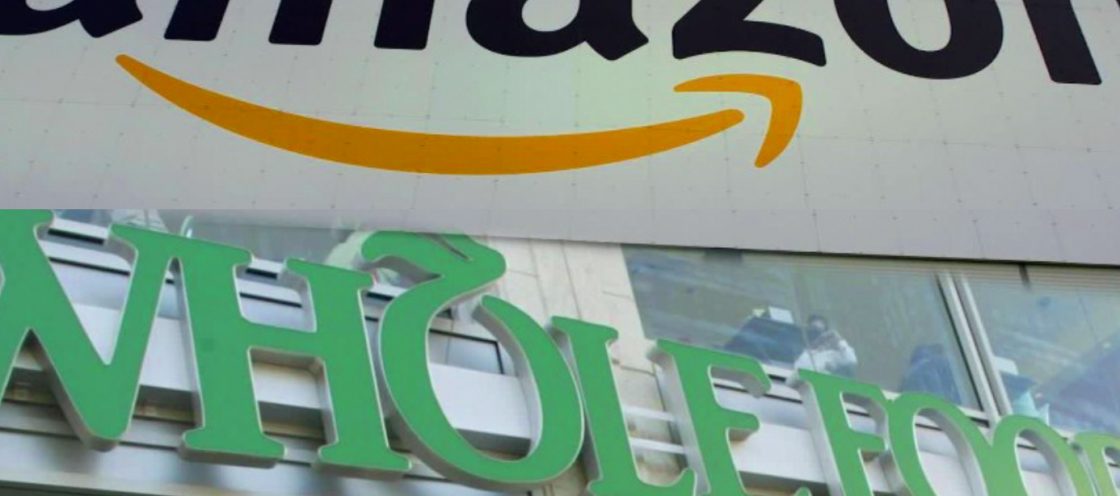More than 100 million people visit the retailer for their groceries — and gas and TVs and gold bars and pet coffins — but saving money may not be the only motive.
By Ben Ryder Howe
Read the article on the NYTimes
Reporting from Anchorage, Brooklyn, and Sugar Land, Texas.
- Aug. 20, 2024
When it opened in 1984, the Costco on West Dimond Boulevard in Anchorage did not seem like the future of food. A glorified shed the color of stale coffee, the warehouse offered the sort of products and deals Alaskans go crazy for: mammoth quantities of staples like peanut butter and tomato sauce, along with local favorites such as caribou sausage. The state’s extreme environment and the need to travel hours or even days for groceries made it a hit right off the bat.
Today the parking lot, full of jacked-up, Thuled-out 4x4s on studded tires and mobile homes that look more like mobile fortresses, has a bit of an edge for a grocery store. There’s something edgy about the inventory, too: neoprene survival suits, meat grinders, gun safes.
Inside the vast store, overloaded shopping carts seemingly pilot themselves down the aisles. One was pushed by Gabriella Pelesasa, a teenager who was buying, among other things, a pair of whole pigs, at 45 pounds each.
As her sister sat on the cart eating a Costco hot dog, Ms. Pelesasa reported simply, “They have bigger versions of what we want.”
Though the Anchorage location, one of the retailer’s first, once seemed like a survivalist outlier, today it shows how visionary Costco was.
“In 2020, about one-quarter of the population stockpiled nonperishable foods,” said Jennifer Mapes-Christ of the market research firm Packaged Facts. Today, more than half do. Ms. Mapes-Christ said that while the pandemic was an accelerant, the trend began before that, driven by anxieties about climate change and economic instability.
In 2019, one quarter of U.S. consumers shopped at Costco. Today it is nearly one-third. Costco is the third-largest retailer in the world, behind only Amazon and Walmart.
But the success of Costco goes far beyond hoarding. The company has hacked the psyche of the American consumer, appealing to both the responsible-shopping superego (“Twelve cans of tuna for $18!”) and the buy-it-now id (“I deserve that 98-inch flat screen”).
Ostensibly, Costco is a discount store, a place to save money and stretch your grocery dollar, but it is also an aspirational shopping experience, feeding that most American of appetites: conspicuous consumption.
Few companies have greater influence over what we eat (or wear, or fuel our cars with, or use for personal hygiene). Costco dominates multiple categories of the food supply — beef, poultry, organic produce, even fine wine from Bordeaux, which it sells more of than any retailer in the world. It is the arbiter of survival for millions of producers, including more than a million cashew farmers in Africa alone. (Costco sells half the world’s cashews.) Its private label, Kirkland, generates more revenue than towering brands like Nike and Coca-Cola.
For all its success, the company is not well understood. The top brass are insular and secretive. And beyond quarterly reports, Costco rarely discloses anything of its inner workings.
But to Charlie Munger, the billionaire investor and Warren Buffett’s right hand at Berkshire Hathaway, the balance sheet speaks for itself. In one of his last interviews before he died last year, he was succinct: “It is a perfect damn company.”
‘Everything was about trust’
Costco has often been likened to a cult, in part because once members — 134 million worldwide — enter the fold, they rarely leave.
Indeed, devotion to the brand is so avid it has inspired tributes on social media, bits on late-night shows by celebrities hoping to seem relatable and even a book, “The Joy of Costco.”
At a time when Americans increasingly view big brands as predatory monopolies or fumbling, broken-down legacies, Costco is revered for its high wages, attentive customer service and “deep commitment to integrity,” said Jeremy Smith, the president of Launchpad, an Oregon-based food brand incubator that specializes in placing products at Costco.
Whether Costco is a cult or not, its spiritual founder was a Bronx-born lawyer with utopian ideals and strict morals.
Sol Price, born in 1916, was the son of garment workers from Minsk, and belonged to the generation of displaced Jews and other Europeans who thrived in New York’s small businesses — the delis, candy shops and pawnshops of the Depression and postwar years. In the 1920s, the family moved to San Diego, where he went to high school.
After law school at the University of Southern California, Mr. Price started his career representing grocers and other merchants. With the temperament of a shopkeeper who obsesses over his customers and fusses over the smallest of details, in the 1950s Mr. Price began converting empty San Diego warehouses into members-only bazaars where for a small fee, shoppers could get everything from hosiery to cigarettes at wholesale prices. The key to the business, called FedMart, was simple: keep members renewing year after year.
In 2003, Mr. Price described his philosophy to Fortune magazine as “How do we sell stuff at the lowest markup?” The overriding goal, he said, was “to look at everything from the standpoint of, is it really being honest with the customer?”
Mr. Price had a gift for connecting with shoppers at a time of exploding prosperity and social change, but paradoxically, one of his rules was not making too much money.
“He grew up in a family of socialists. He was a capitalist. He liked to make money, but he was pro-union, pro-labor, pro-little guy,” said David Schwartz, who co-wrote “The Joy of Costco” with his wife, Susan. “Everything was about trust. He would rather lose your business than your trust.”
Through a series of mergers over the years, Sol Price’s FedMart became what we know as Costco in the 1990s. To an uncanny degree for a modern corporation, the company, now headquartered in Issaquah, Wash., has remained true to Mr. Price’s vision. It is still relationship-minded, and members seem satisfied, renewing at a rate of 93 percent. Last quarter, the membership fees accounted for $1.12 billion, about two-thirds of Costco’s $1.68 billion total net income. The dependence, in other words, remains mutual.
Wall Street also likes what Costco does, especially the dependable cash flow that comes from membership. Occasionally, shareholders feel neglected — in 2004, an analyst with Deutsche Bank complained that Costco was “overly generous” with its employee benefits, saying, “Public companies need to care for shareholders first.” But few complain about the returns.
“I did the calculation once,” Mr. Schwartz said. “The stock price has grown 17 percent annually since the founding.”
‘A giant ecosystem’
Four thousand miles south of Anchorage, in Sugar Land, Texas, no one flies in by bush plane to shop. But in this swampy Houston suburb, life orbits around Costco just the same.
The site of a former prison farm for the sugar industry, Sugar Land has transformed in recent years into an interlocking complex of master-planned communities. In June, Costco opened Warehouse No. 882, its third in the area, on a prime piece of land.
On opening day, the al-Abadi family stood at the entrance, trailed by a long line of members waiting since dawn, despite the punishing heat.
Shariah al-Abadi, who came with a shopping list in mind (“butter, oil, the essentials”) and the intention to stick to it, epitomized one type of Costco member. Her teenage daughter Fatima typified another: She was there for the possibility of surprise. For months, as the new warehouse rose from the mud, so had Fatima’s anticipation. After an hour shopping in the new store, mother and daughter checked out with a cart barely containing the day’s haul, including a six-foot-tall teddy bear.
“We’ll be back,” sighed Ms. al-Abadi, who said she goes to Costco “twice a week. Sometimes more.”
Like Anchorage, Sugar Land is home to a rapidly growing Asian American population (largely Indian and Pakistani American in Sugar Land), which Costco is eager to serve, despite the challenge of operating across a nation of wildly varying local tastes and traditions.
“Costco knows what’s going on in Texas because they have an office there,” Mr. Smith said. “It’s very astute. They’re one of the few retailers that will allow a brand to go into just one building and test their product.”
As a result, Costco is able to pick up on trends and send intel back to Issaquah. “It’s a giant ecosystem,” said Mr. Smith, if also one dependent on human capital — the expertise of warehouse managers. Costco tends to promote from within, inculcating personnel with the company’s idiosyncratic culture for decades, if not entire careers. Many of the company’s top employees began as baggers or food handlers.
That limited Costco’s expansion in the past. For many years the company declined to open new warehouses at the rate Wall Street wanted, because of management concerns that the facilities were too challenging to operate.
This concern seems to have waned, however. Costco now opens about 30 warehouses a year, with a growing number abroad. “Overseas expansion is where the growth is coming,” Susan Schwartz said. “Right now they’ve got seven warehouses in China. But they could have 150.”
East Asia has indeed been fertile for Costco, with openings this year in Japan (where it already has 33 warehouses), South Korea, Australia and China. That experience has yielded dividends at home. Expertise in Taiwanese and South Korean shopping preferences translated into the availability in the United States of products like braised abalone in brown sauce, giant red sea cucumber and Chinese-style bacon — and brand loyalty from Asian Americans.
Yutack Kang, a content creator from Milpitas, Calif., with 463,000 TikTok followers, posts frequently about “sus foods at Costco you’re too afraid to try.” One of his latest: frozen durian pulp produced by Lucky Taro, a Los Angeles-based importer.
“The Asian food selection is superb,” Mr. Kang wrote in an email.
‘Costco would never’
By and large, Americans do not trust corporations. But when asked which companies they do trust, they consistently rank Costco near the top.
“They’re selling the same food everyone else is selling,” Mr. Smith said. “It’s not like the products are magical. But they created a culture.”
Sol Price wanted Costco members to feel respected and smart. The company remains known for its no-questions-asked return policy, high-quality products and cheerful customer service. Employees are paid significantly better (an average of $26 per hour) than their counterparts at major retailers (an average $17 per hour). That helps create “a stable, motivated, capable team,” said Zeynep Ton, a professor at the M.I.T. Sloan School of Management.
Perhaps most important is Costco’s abiding reputation for low prices.
For Kirkland products, for instance, Ms. Ton said “they don’t mark up anything more than 14 or 15 percent.” This includes Costco’s flagship product, the wildly popular $1.50 hot-dog-and-soda combo, which has cost the same since 1985. It’s not publicly known whether the company makes money on the 200 million hot dogs it sells each year, but the pricing is widely seen as brilliant marketing.
Another, less obvious way Costco keeps faith with its members is by not selling shelf space. “Many retailers ask suppliers to pay for a position in a store,” said Mark Stovin, a former Costco executive who now works for OSMG, a leading food broker. “Costco would never do that.”
Mr. Stovin said Costco also does something almost none of its competitors do: restrain itself in mining customer data. “They have a number for every member, which could be trackable, traceable, and they could certainly dive into that,” Mr. Stovin said. “They really haven’t.”
It appears the company may be loosening up: Costco recently announced that it would join companies with less consumer-friendly reputations like Uber in starting a retail media network, serving ads to members based on their purchasing histories. (The company declined to say what platforms those ads might appear on. In a further shift, that effort will be led by an outsider, a veteran marketer from Walmart.)
Costco remains reluctant to embrace technology — it was a latecomer to e-commerce, for instance — which may be attributable to the spirit of Mr. Price, who commanded managers to step away from their computers.
“If you’re a senior manager, your job is to interact with members,” Mr. Schwartz said. “They expect senior people to be on the floor all the time.”
That ethos goes all the way to the top.
At the Sugar Land opening, Ron Vachris, who in January became Costco’s chief executive, just the third in the company’s 42-year history, could be seen chatting with floor personnel and inspecting the frozen tilapia. Hundreds of Costco employees, who are known for exuberant loyalty, had driven from as far away as Baton Rouge, La., to celebrate and shake hands with their new boss.
A typical Costco shopper spends $100 to $150 per visit.Credit…Kerry Tasker for The New York Times
Mr. Vachris, who started as a forklift operator in 1982, greeted employees and customers warmly, seemingly willing to hang out all morning. Approached by a reporter, however, he handed over his business card and retreated into a corporate cadence. (“Texas has been a great state to us. We’re excited to have another building here.”) Subsequent requests for an interview were declined.
Costco executives are known for avoiding the press, which contributes to the company mystique. “They have amazing discipline,” Ms. Ton said. “If you go on LinkedIn, you won’t find much information about their executives.” And the company has no media relations office.
Because of Costco’s secrecy, judging whether the company lives up to its own professed standards can be a challenge.
“It would be interesting to know more about how they use their data,” said Raghu Iyengar, a professor of marketing at the Wharton School.
Since almost nothing is known publicly about Costco’s internal workings, he said, even its sterling reputation for low prices cannot be verified. To determine whether Costco’s prices are in fact “selling stuff at the lowest markup,” the company would need to be less guarded.
‘Treasure Hunt Atmosphere’
Situated between a defunct strip club, Brooklyn’s industrial waterfront and a raucous, sludge-oozing elevated expressway, Costco Warehouse No. 318 is low on sparkle but hums with manic energy. The Sunset Park location seems to have set aside shelf space for every immigrant group in Brooklyn. Beyond that, though, this could be a Costco anywhere. That works to Costco’s advantage.
One way the company strokes the value-driven superegos of its members is simply with the presentation of its warehouses. With their exposed wiring, minimal sunlight and nary a Spotify playlist, the warehouses are, well, warehouses, with fluorescent lighting and bad acoustics, designed to be built in a hurry. (The 3.5-acre Sugar Land building, for example, took only four months to assemble.)
That no-frills presentation transmits a reassuring signal of benign intent: We’re not trying to seduce you. Which is its own kind of come-on.
“The customer walks in the door, and immediately there is a perception of value,” said Paco Underhill, the author of “Why We Buy: The Science of Shopping.” “The perception of value means that as someone walks in, discretionary purchases take on a different mantle than they might at Kroger, Target or Macy’s. People go, ‘I would never think about buying that. But if I did, this is the place to get it.’”
For all its piety, the last thing Costco wants is for shoppers to stick to a budget. On the contrary, it wants them to return to the parking lot balancing a wobbly heap of products they had no intention of buying — a strategy known as “the Costco effect.”
“You’ve heard the phrase,” Mr. Vachris said on an earnings call in May. “People come in to spend $100 and walk out with $300.”
“We have created a treasure-hunt atmosphere,” said Jim Sinegal, the previous Costco chief executive, in an address to San Diego State University business students in 2017. “We try to create a sense of urgency, that if you see the product there, you better buy it, because chances are they won’t be there next time.”
In recent years, the treasure-hunt offerings have included Burberry shoulder bags ($1,000) and bottles of Romanée-Conti wine (a four-pack for $40,000). Last year the retailer even began offering one-ounce gold bars for about $2,000, which typically sell out within hours. (It has been estimated that Costco sells some $200 million in gold a month.)
And this manufactured circle of desire and regret works.
“I love Costco,” said Erica Rualo, a content strategist at Chase Bank, who has shopped at the Sunset Park warehouse. “But I hate the feeling of ‘I wish I had bought that,’ because now it’s gone. Or ‘I should have bought more of that.’”
Strictly speaking, Costco can still answer Sol Price’s question “Is it really being honest with the customer?” with a “Yes.” But at this point the spirit of his edict may have been lost to its letter.
It would be hard to argue that Costco buyers don’t know what they are getting into. After all, they have to ferry the cart with the seven-foot artificial tree, the solar panel, the steel pet coffin and the three-month supply of Belgian mini-cream puffs back to the car.
“The idea is that you don’t feel that these are temptations,” said Ayelet Fishbach, a behavioral psychologist at the University of Chicago, Booth School of Business. “You’re getting a great deal.”
But, she added, “The question is, Do you actually need this? You probably don’t.”





